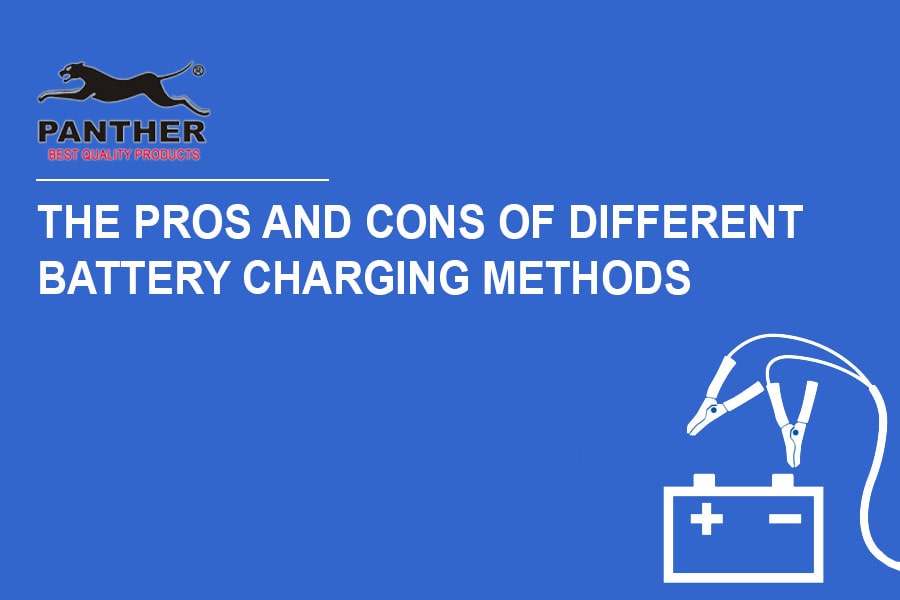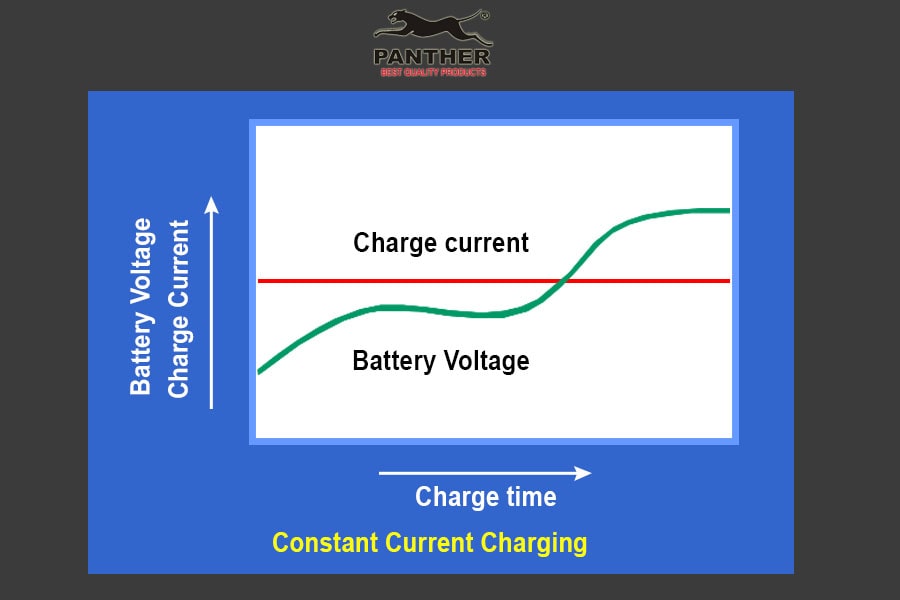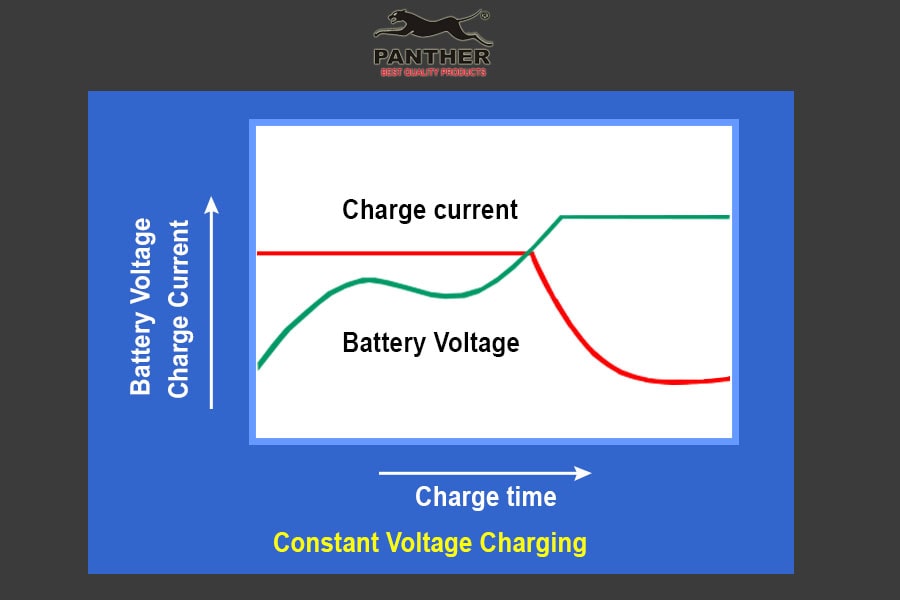
Table of Contents
When it comes to charging batteries, there are a variety of different methods that can be used. Each method has its own set of advantages and disadvantages, and it’s important to understand these in order to choose the best charging method for your specific needs. In this article, we’ll take a look at some of the most common battery charging methods, including constant current charging, constant voltage charging, and pulse charging.
Constant Current Charging

Constant current charging is a charging method that uses a fixed current to charge the battery. This method is ideal for charging batteries that are completely discharged, as it can quickly provide a high current to the battery to begin charging. However, constant current charging can be dangerous if the current is too high, as it can cause the battery to overheat and even explode. Additionally, constant current charging can be inefficient if the battery is already partially charged, as it will continue to provide a high current even if the battery is nearly full.
Constant Voltage Charging

Constant voltage charging is a charging method that uses a fixed voltage to charge the battery. This method is ideal for charging batteries that are already partially charged, as it can provide a lower current to the battery as it approaches full charge. Constant voltage charging is generally safer than constant current charging, as it will not cause the battery to overheat or explode. However, constant voltage charging can take longer to fully charge the battery when compared to constant current charging.
Pulse Charging
Pulse charging is a charging method that uses a series of high-voltage pulses to charge the battery. This method is ideal for charging batteries that are already partially charged, as it can quickly provide the necessary charge to complete the charging process. Additionally, pulse charging is more efficient than constant current or constant voltage charging, as it minimizes energy loss and reduces the risk of overcharging. However, pulse charging can be more expensive than other charging methods, as it requires specialized equipment.
Why do we need to know all this? Well, it’s important to note that overcharging a battery can cause damage and reduce its lifespan. That’s why many modern battery chargers are designed to prevent overcharging by using smart charging algorithms that monitor the battery’s voltage and current levels then adjust the charging process accordingly.

This is why smart battery chargers are said to utilize a multi-stage charging process, which utilizes both constant current charging and constant voltage charging, thereby allowing for fast but safe charging of your battery.
In conclusion, the best charging method for your battery will depend on a variety of factors, including the type of battery, the current charge level, and the desired charging time.
- Constant current charging is ideal for charging completely discharged batteries, but can be dangerous if the current is too high.
- Constant voltage charging is safer, but can take longer to fully charge the battery.
- Pulse charging is the most efficient and safest method, but can be more expensive.
Before choosing a charging method, be sure to read the manufacturer’s specifications and consult with a professional to ensure that you are using the best method for your battery. And if you have the money to spare, investing in a smart battery charger such as the Panther PBA 1012 and PBA 1024 could be a good idea.




0 Comments